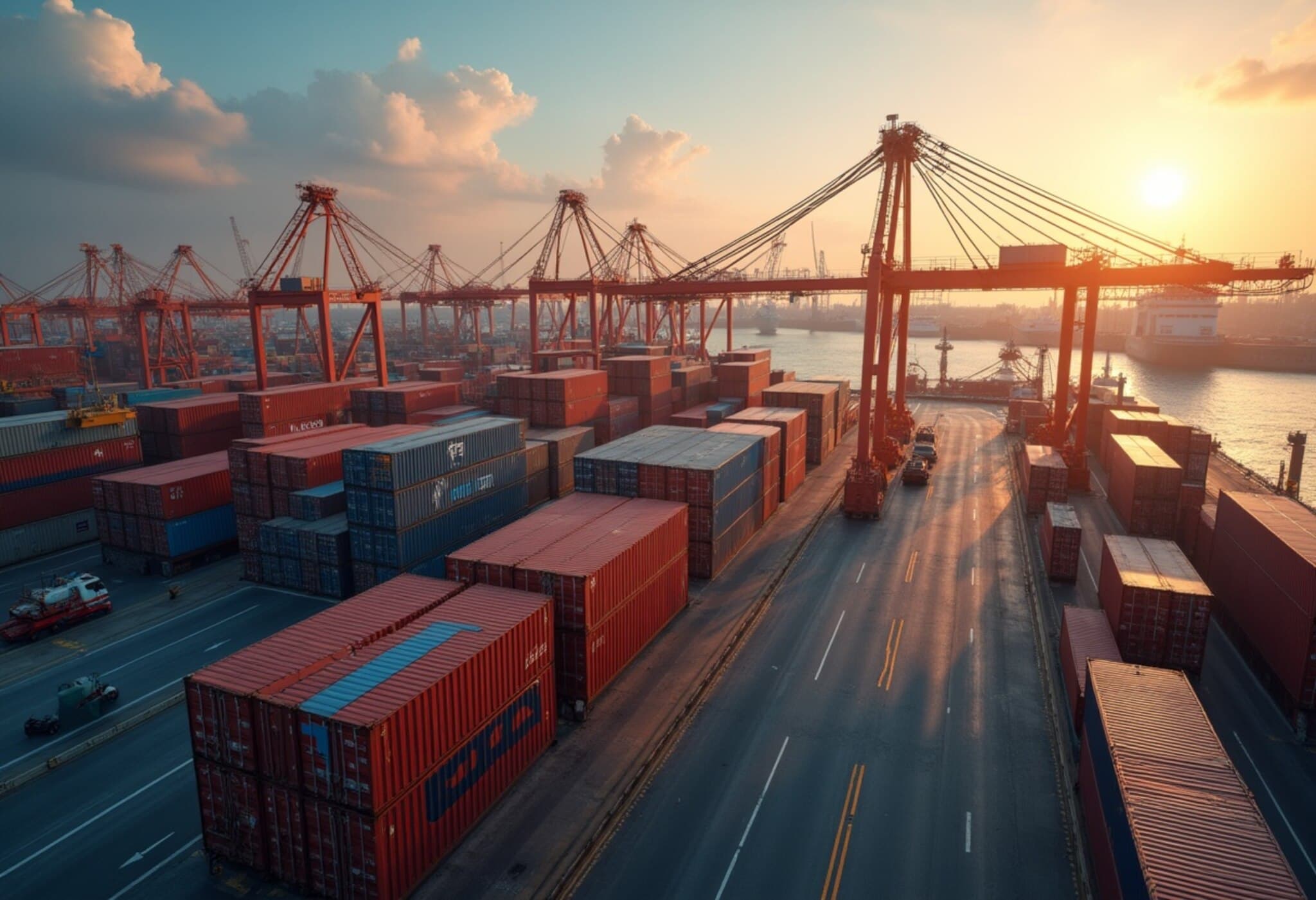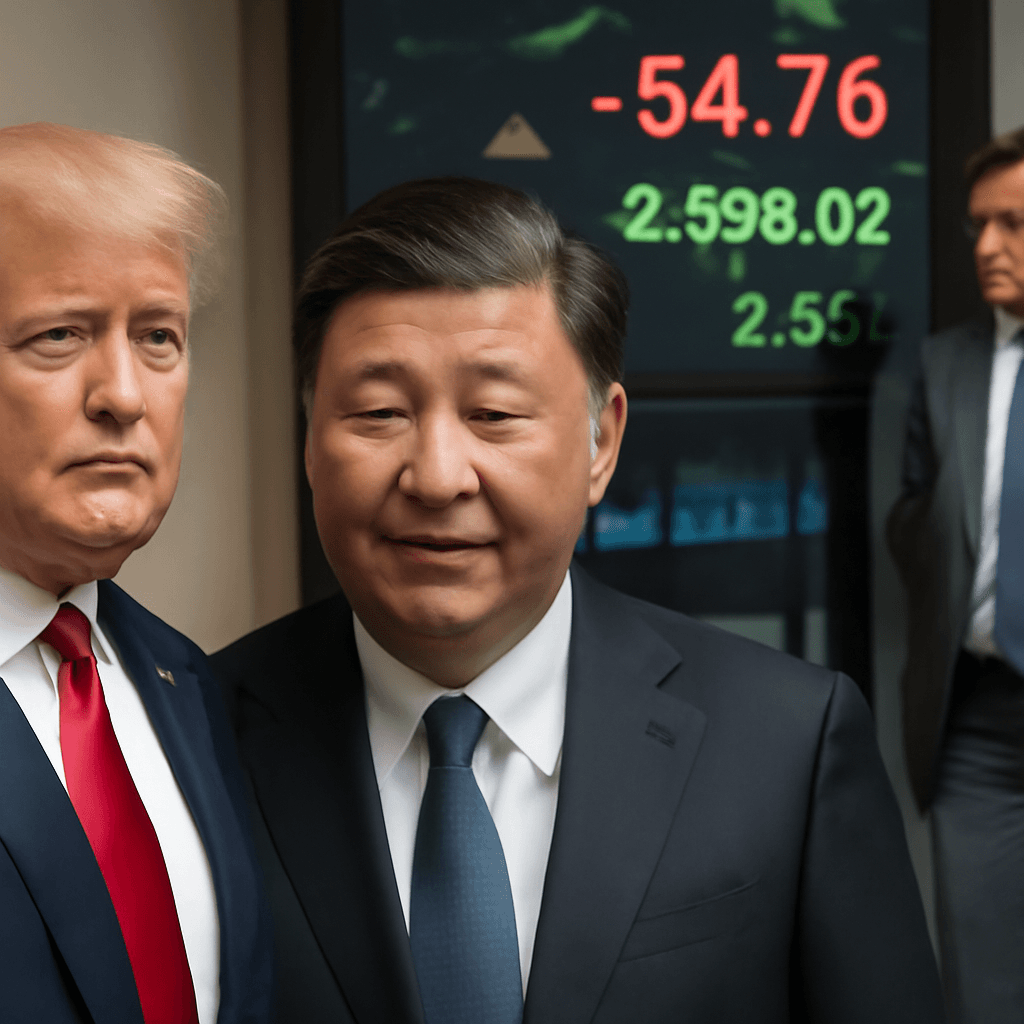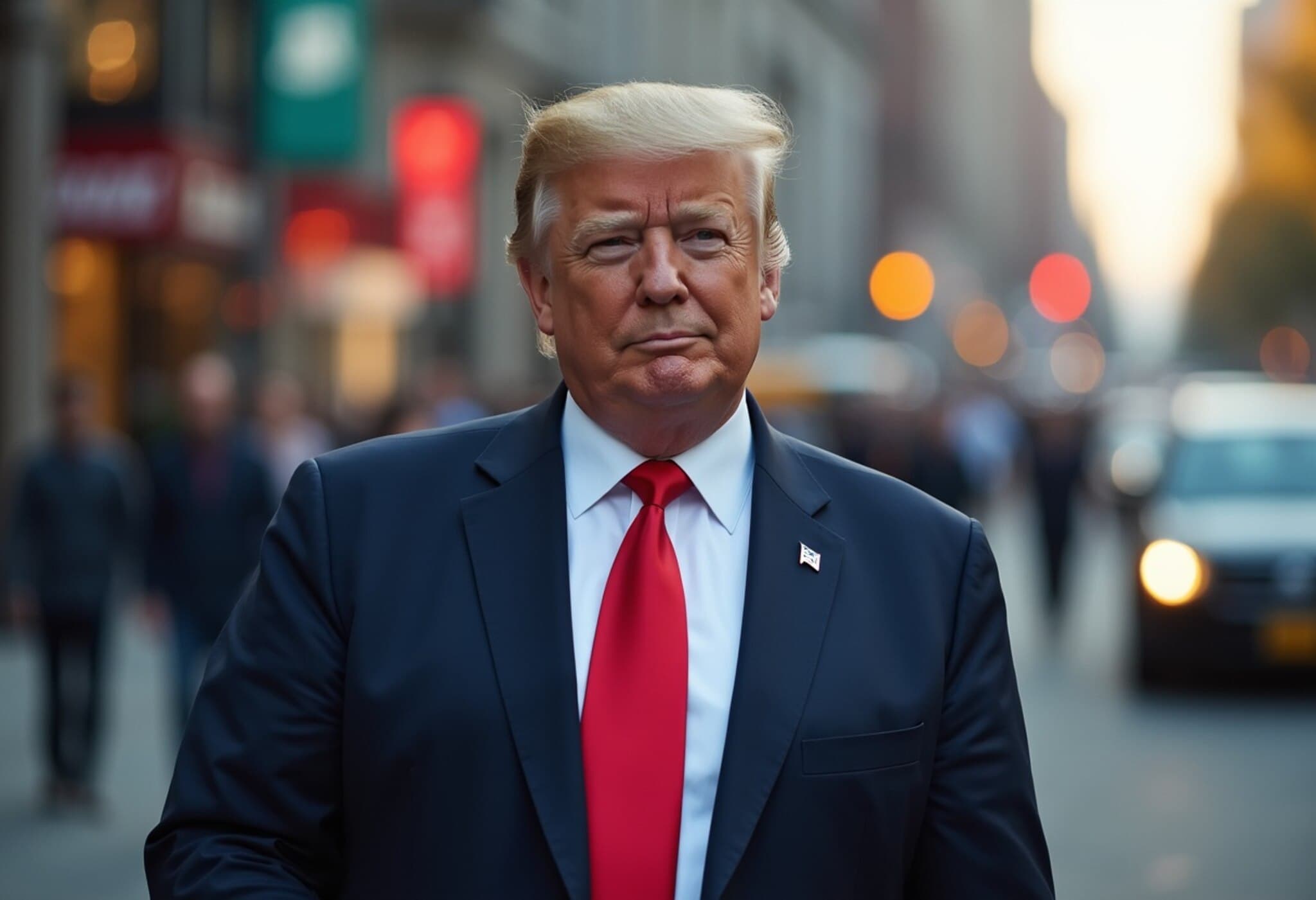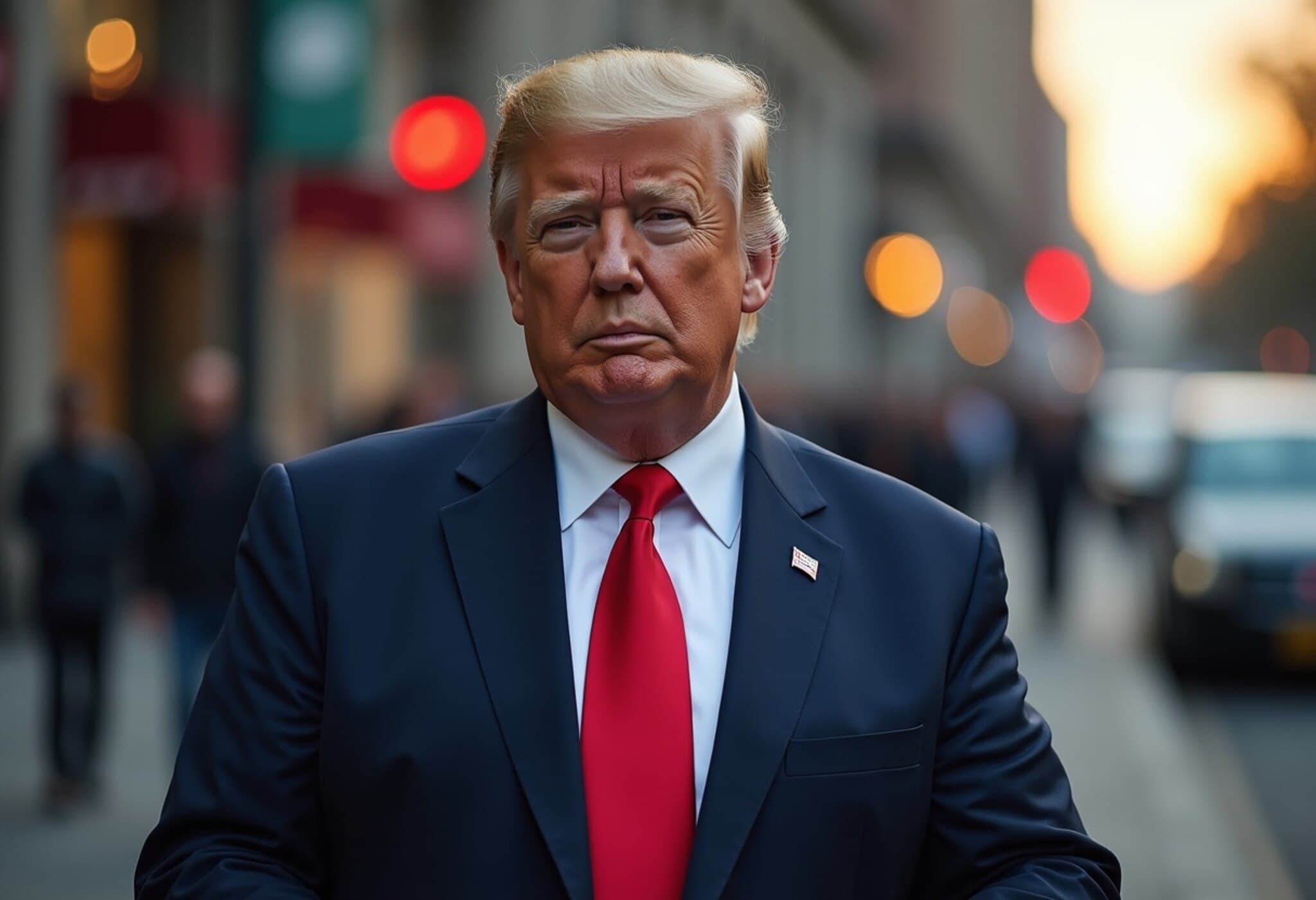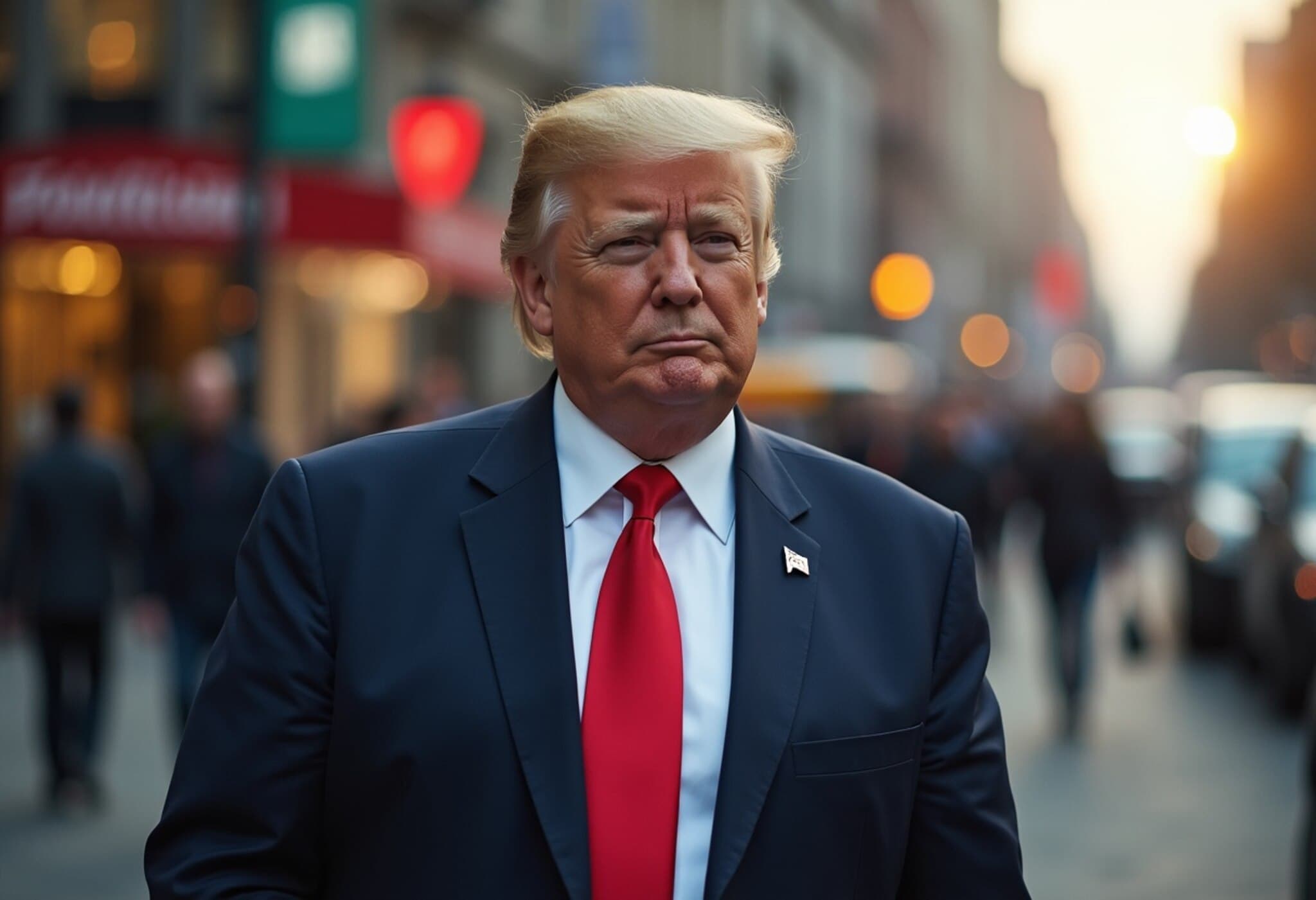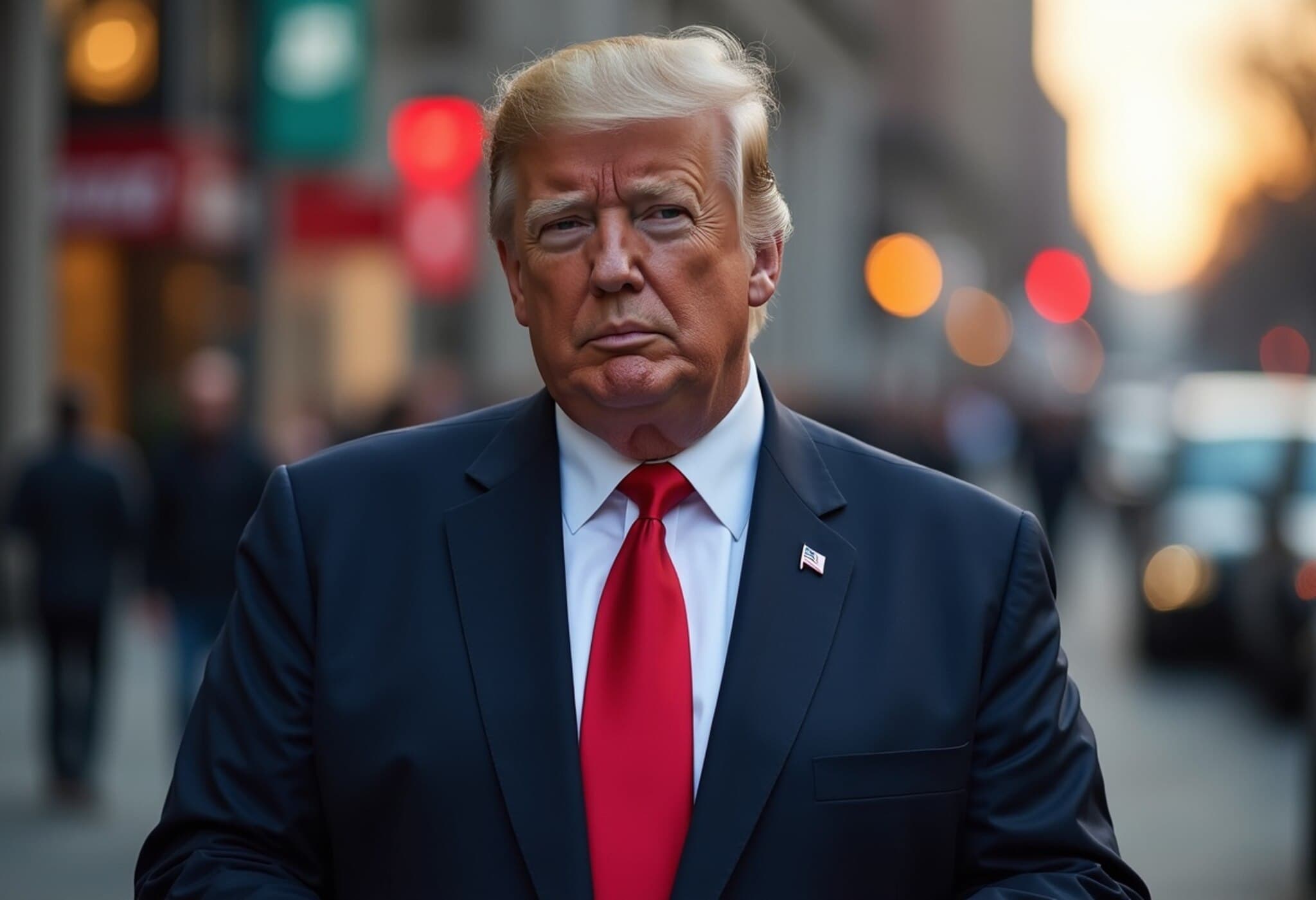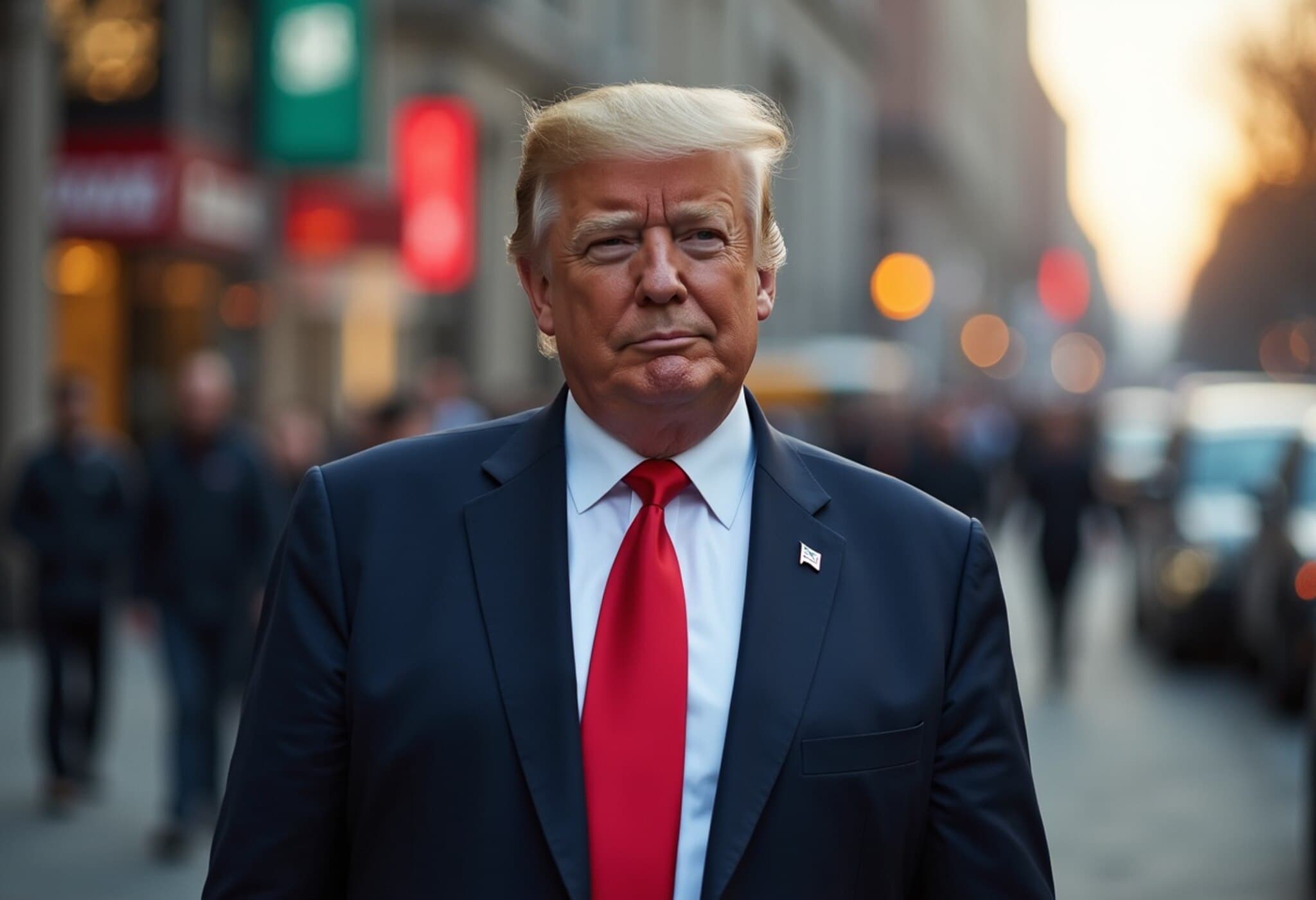China's Export Landscape Shifts Amid US Tariff Pressures
Despite the persistent tariffs imposed by former US President Donald Trump, China’s export sector continues to exhibit resilience and adaptability. Recent data reveals that while Chinese exports overall have grown, their destinations have dramatically realigned—moving away from the United States and leaning heavily into Southeast Asian markets.
Robust Export Growth Outside the US
In July 2025, Chinese export growth soared to 7.2%, notably above the anticipated 5.4% mark. This growth presents a complex narrative: international trade is expanding, yet increasingly circumventing the American market. This shift underscores how geopolitical maneuvers such as tariffs can influence the global economic architecture and supply chain strategies.
Southeast Asia Emerges as a Strategic Trade Hub
Expert analysis from Xu Tianchen, a senior economist at the Economist Intelligence Unit, highlights a strategic maneuver by China—utilizing Southeast Asian nations as pivotal transit points for goods destined for the US and other markets.
"There is no doubt that Trump’s transshipment tariffs were specifically aimed at China," Xu explains. "China remains unique in its production cost advantages and faces significantly higher tariffs from the US compared to other countries, making transshipment via Southeast Asia a logical workaround."
These transshipment tariffs impose a hefty 40% tariff on products rerouted through third countries—yet China’s manufacturing strength and integrated supply chains make such maneuvers economically viable and attractive.
Data Highlights the Export Pivot
- Chinese exports to the United States plunged by 21.67% year-over-year in July 2025.
- Conversely, exports to ASEAN countries rose by 16.59% in the same period.
This clear pivot not only reflects direct responses to tariffs but also a broader recalibration in global trade partnerships.
Global Trade Growth Bypassing the US
The ripple effects extend beyond China. Danish shipping titan Maersk, controlling approximately 15% of global cargo shipping, reported a surprisingly robust quarter. CEO Vincent Clerc attributed this success to surging demand outside the United States.
"We’re witnessing a manufacturing boom in China and vibrant export growth worldwide, except in the US," Clerc told CNBC. "The tariff back-and-forth in the US has dampened demand, but globally, container demand is exceeding expectations, fueling strong earnings."
Expert Insight: What This Means for the US and Global Trade
This export realignment raises critical questions about the long-term efficacy of tariffs as an economic pressure tool. While tariffs aim to protect domestic industries, the resultant shift in trade flows suggests the US may be increasingly isolated from booming Southeast Asian supply chains and emerging markets.
Moreover, the reliance on Southeast Asian countries as transshipment hubs could boost these nations’ economic clout, accelerating regional integration and complicating US efforts to maintain leadership in global trade.
From a policy perspective, US stakeholders must consider whether tariffs are inadvertently encouraging suppliers and manufacturers to diversify away from American markets, potentially eroding the US’s role as a global trade hub.
Underreported Narratives
- How smaller Southeast Asian economies are benefiting from increased transshipment and trade flows.
- The sustainability of China's manufacturing advantage amid growing geopolitical tensions.
- The impact of shifting supply chains on American workers and industries tied to import and export activities.
Editor’s Note
The evolving trade landscape reveals much about the interconnectedness of global economies and the unintended consequences of protectionist policies. While Chinese exports continue to climb, their diversifying destinations underscore a broader dynamic: trade is not static, and market actors will continually seek pathways to optimize costs and access.
As Washington evaluates future economic strategies, understanding these subtle yet profound shifts is crucial. Are tariffs achieving their intended goals, or are they catalyzing a realignment that sidelines the US in global commerce? Readers should ponder the delicate balance between safeguarding domestic interests and engaging effectively with a rapidly transforming global marketplace.

